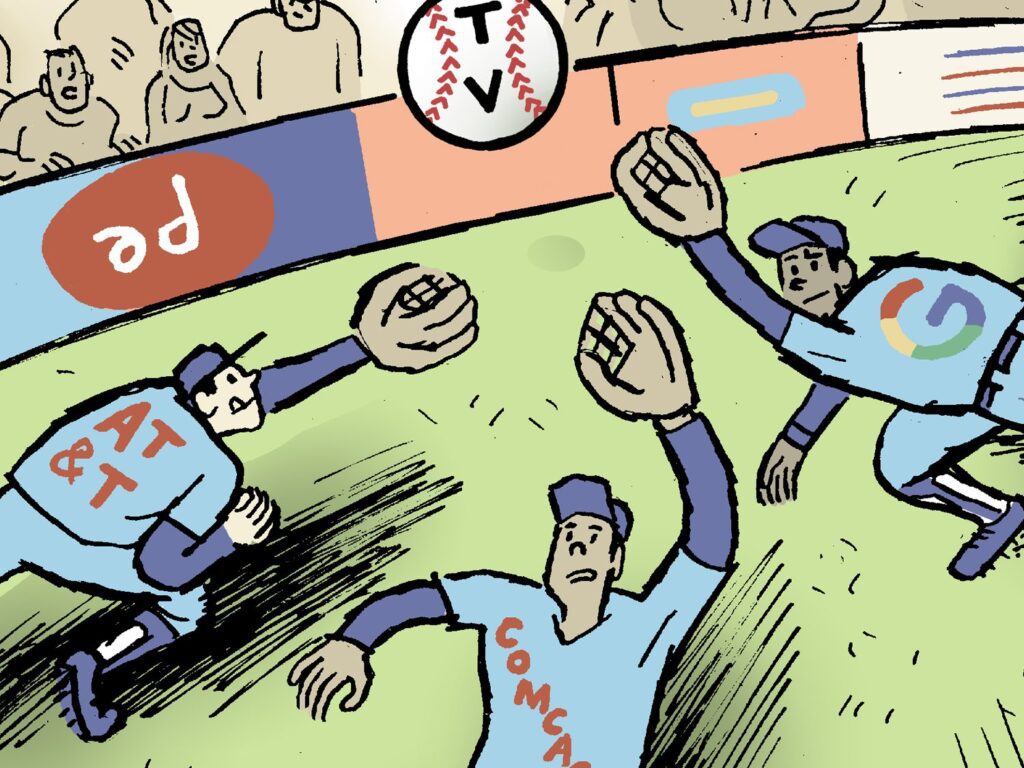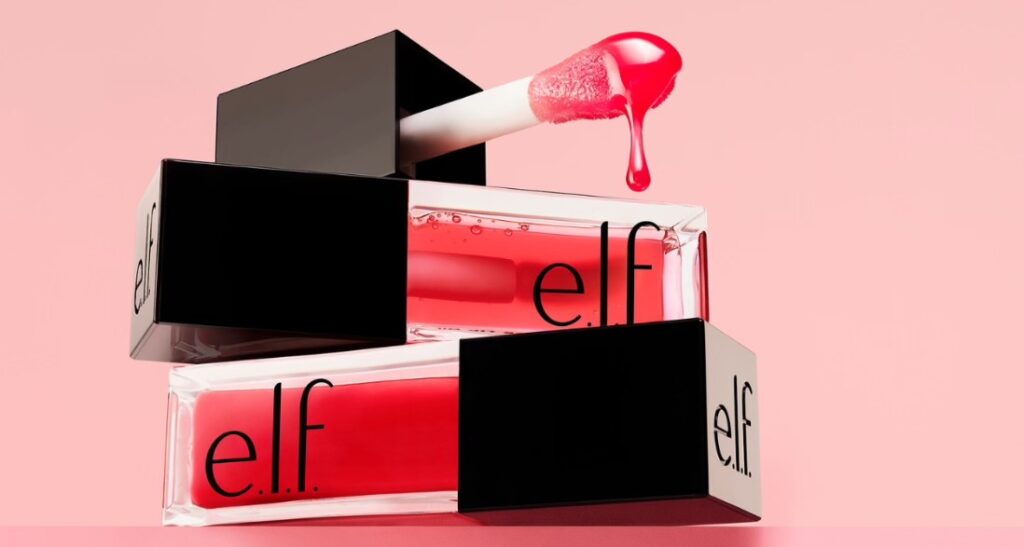For all their talk about CRM, banks are not as advanced as you might think.
When asked to name their most important activity in driving marketing initiatives,, 43% said it was acquiring customers. Another 30% cited cross-selling, and only 9% said retention.
The trouble with focusing on acquisition is that it inevitably leads to churn, said Kimberly Collins, research director with Gartner. And that means customers have to be replaced, starting the cycle all over again.
Then there’s their media usage. Direct mail is used for marketing by 93% and the Internet by 80%, according to Gartner. Another 63% market through their local branches, and 59% through their contact centers. But only 39% use e-mail.
“E-mail is unexploited,” Collins said, during a session at Gartner’s CRM Spring Summit in Chicago.
And some customers are receiving conflicting messages. “The channels are increasing, but they are not being put together,” Collins continued.
The good news is that the smart banks are increasingly using segmentation to pursue events-based marketing.
Fifth Third Bank had avoided investing in CRM, and it showed: For every 10 new accounts, it opened, nine were closing. So it started an events-based program, using Harte Hanks’ daily deposit monitor.
That program now delivers 3,000 leads a day. Each week, the branches get 5,000 hot leads and the contact center receives 2,000. The bank has cut new account attrition by 50% and has added $25 added to bottom line for each contact with customers.
Similarly, Union Bank of Norway found that its online channels were creating distance with its customers. In 1997, it started an events-based marketing program
 Network
Network

